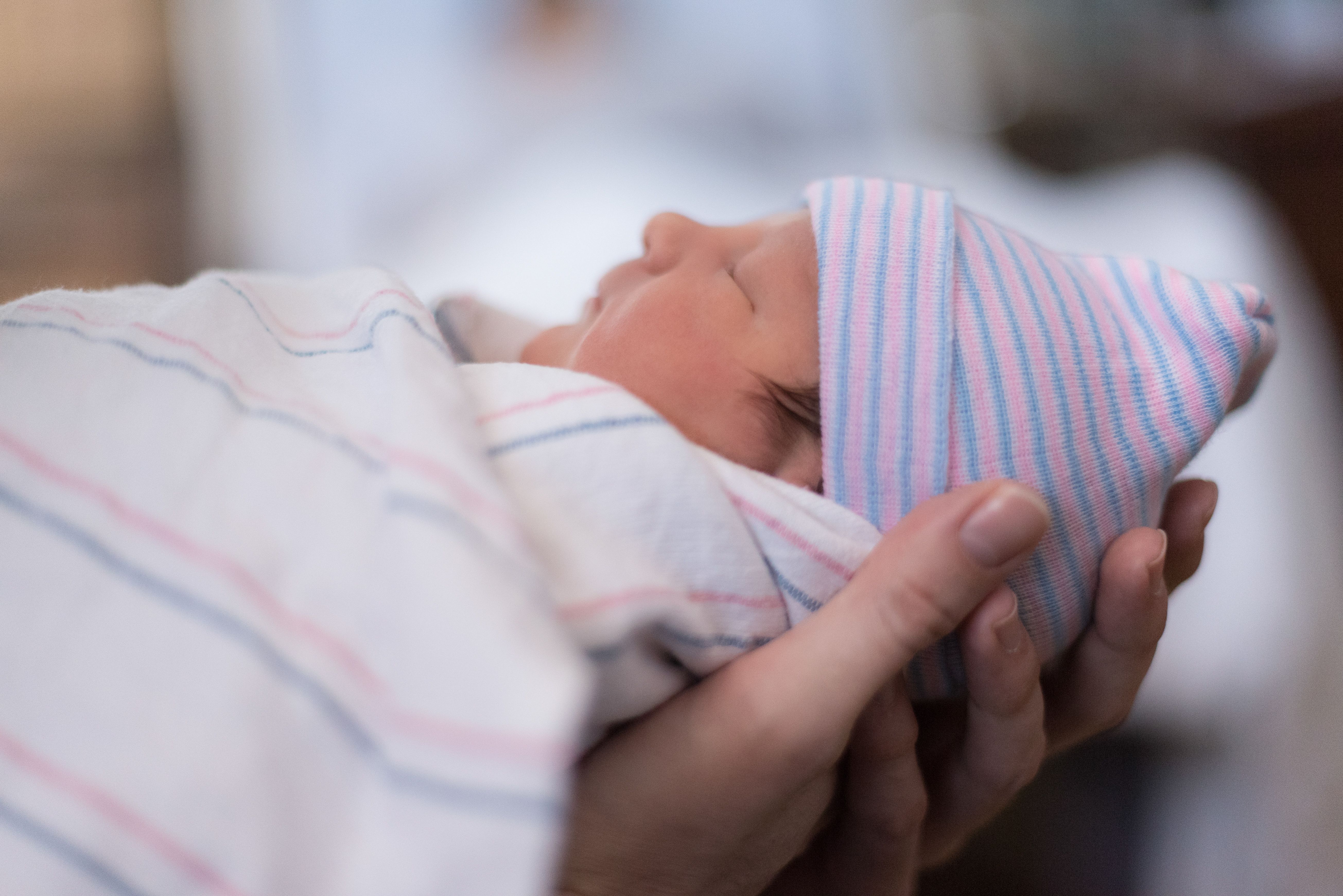- Center on Health Equity & Access
- Clinical
- Health Care Cost
- Health Care Delivery
- Insurance
- Policy
- Technology
- Value-Based Care
HIV-Infected Infants Treated Within Hours of Birth Attain, Sustain Undetectable Virus
Infants with HIV could be spared from requiring lifetime antiretroviral (ART) if treated within hours of birth to disrupt formation of HIV viral reservoirs.
This article was originally published by ContagionLive®. It has been lightly edited.
Very early, limited duration antiretroviral treatment (ART) of infants contracting HIV in utero, initiated within 48 hours of birth, was associated with undetectable HIV-1 DNA and apparent ART-free remission at the first 2 years of an ongoing trial, according to a study published in Lancet HIV 2023.1
Following on their singular, successful case report2 of an infected infant started on ART 30 hours after birth, often referred to as the "Mississippi baby" in HIV literature, Deborah Persaud, MD, and colleagues designed a proof-of-concept trial to test whether such early ART could produce a functional cure of HIV-infected infants. They posited that starting ART soon after birth restricts formation of the latent viral reservoirs that otherwise continue as a source of replication-competent HIV.
"We sought proof-of-concept that if you can safely treat babies with a three-drug regimen within 48 hours of life, you can limit the buildup of these reservoirs and get them to very low levels that may lead to ART-free remission, where the virus doesn't come back quickly if the ART is stopped in later phases of the trial," Persaud explained.3
Infant
Image credit: Gary - stock.adobe.com

The investigators identified 54 newborns of at least 34 weeks gestational age at risk of infection from HIV-infected mothers who were either untreated (cohort 1, n=34) or who received ART during pregnancy (cohort 2, n=20).1 In cohort 1, ART was initiated before HIV-1 was confirmed, with the study protocol regimen of two nucleoside reverse transcriptase inhibitors (NRTI) plus oral nevirapine. ART was discontinued in infants subsequently testing negative for HIV-1, who were then transitioned to ART prophylaxis.
Prior to study entry, infants of cohort 2 received a 3-drug nevirapine-based prophylaxis (zidovudine or abacavir plus lamivudine, plus nevirapine) within 48 hours of birth. If any infants tested positive for HIV-1 within 10 days of birth, they were enrolled and provided the study protocol regimen. For infants testing positive in both cohorts, a ritonavir-boosted lopinavir formulation was added; nevirapine was discontinued 12 weeks after first confirmed viral load below detectable levels.
Infants who maintained a less than detectable viral load from study week 48 through 108, and discontinued breastfeeding, underwent biomarker testing to determine eligibility for discontinuing ART. These measures included 2 sequential paired HIV-1 DNA and antibody tests at least 8 weeks with no DNA detected, normal CD4 count and percentage, and negative HIV-1 antibody results. With no established biomarkers to predict ART-free remission, the investigators chose HIV-1 DNA seronegative status combined with non-detectable HIV-1 DNA for that criteria.
Persaud and colleagues reported that 19% across both cohorts met the criteria for ART-free remission at 2 years of age. The estimated probability of maintaining undetectable plasma RNA through to 2 years was 33% (95% CI, 17-49) in cohort 1 and 57% (95% CI, 28-78) in cohort 2. Reversible grade 3 or 4 adverse events occurred in 44% of infants in cohort 1 and 35% of cohort 2.
The investigators suggested that more robust and tolerable very early ART regimens, including integrase inhibitors and long-acting immunotherapeutics like broadly neutralizing antibodies, might improve the likelihood of early, durable virological control. Regardless of the selected regimen, however, they emphasized the value of point-of-care assays for HIV-1 diagnosis in neonates at high risk to guide preemptive treatment, pending rapid testing results and more focused ART.
"Maximizing birth testing is imperative as HIV-1 RNA and DNA diagnostic testing results can be challenging with point-of-care assays or after triple antiretroviral drugs begin in neonates," they indicated.
In an accompanying editorial4, Philippe Van de Perre, MD, PhD, and Penny Moore, PhD, agreed that the proof of concept trial supports very early initiation of ART in at-risk infants. They also agreed that more potent antiretroviral regimens, including increased use of integrase inhibitors, might further restrict HIV reservoirs.
"Preemptive, super-early treatment with broadly neutralizing monoclonal antibodies (bNABs) directed against the HIV envelope could further augment this effects, as many of these bNAbs recruit potent effector functions to clear infected cells," Ven de Perre and Moore wrote. "The obvious clinical benefits in terms of morbidity and mortality of super early initiation of ART can no longer be ignored."
References
- Persaud D, Bryson Y, Nelson BS, et al. HIV-1 reservoir size after neonatal antiretroviral therapy and the potential to evaluate antiretroviral-therapy-free remission (IMPAACT P1115): A Phase 1/2 proof-of-concept study. Lancet HIV 2023; doi:10.1016/S2352-3018(23)00236-9
- Persaud D, Gay H, Ziemniak C, et al. Absence of detectable HIV-1 viremia after treatment cessation in an infant. N Engl J Med 2013; 369:1828-1835. doi:10.1056/NEJMoa1302976
- Johns Hopkins Medicine. Study affirms benefit of very early antiretroviral therapy within hours of birth for newborns with HIV. Announcement, December 4, 2023. https://www.newswise.com/articles/study-affirms-benefit-of-very-early-antiretroviral-therapy-within-hours-of-birth-for-newborns-with-hiv. Accessed December 6, 2023.
- Van de Perre P, Moore PL. Super early treatment for HIV acquired in utero. The Lancet HIV 2023; doi:10.1016/S2352-3018(23)00260-6
